
August 24, 2025

The indoor cultivation of cannabis has become increasingly popular as more states legalize the plant for medicinal or recreational use. Growing cannabis indoors offers several advantages, including greater control over the growing environment and keeping the plants out of sight. Indoor cannabis cultivation presents some unique challenges, one of the most significant of which is temperature and humidity control.
The cannabis cultivation HVAC systems (Heating, Ventilation, and Air Conditioning) are designed to provide an optimal environment for growing cannabis plants. The systems control temperature, relative humidity, and airflow to create conditions ideal for the growth of marijuana plants. These systems also help reduce mold and mildew growth risk. In addition, the systems can purify the air to remove airborne contaminants that could harm the plants.
These systems are a critical component of any indoor cannabis grow operation. Without an effective HVAC system, cannabis growers would be forced to rely on the natural environment to provide optimum conditions for plant growth. This would introduce several variables that could lead to reduced yields and lower-quality harvests.
By investing in a quality HVAC system, growers can ensure that their plants receive the perfect combination of temperature, humidity, and ventilation. They will be able to produce cannabis of a high standard with reliable yields thanks to this.
Any grower will tell you that temperature and humidity are critical variables in growing cannabis. Plant stress and decreased yields can result from very hot or low temperatures or humidity levels. For this reason, an HVAC system made exclusively for cannabis cultivation is crucial. Not only does it maintain ideal temperature and humidity levels, but it also filters out harmful contaminants from the air.
As a result, an HVAC system is an essential piece of equipment for any serious cannabis grower. Cannabis HVAC design is important for getting high yield by grow room industry for the indoor cultivation facility. The cannabis plant requires a specific temperature and humidity range to thrive, and the growing environment must be free of contaminants. HVAC cannabis design considers these factors to ensure that the cannabis plants are provided with the best possible growing conditions.
The design of cannabis grows room HVAC is critical to the success of any indoor growing operation. Choosing the right size, shape, and materials makes it possible to create a space optimized for temperature, humidity, and light levels. Additionally, a well-designed grow room can help reduce noise and dust levels, making it more comfortable for plants and people.
The company offers various customizable design options for HVAC grow rooms. Whether you are looking for a turn-key solution or need guidance on getting started, their team of experts can help you create the perfect environment for your plants.
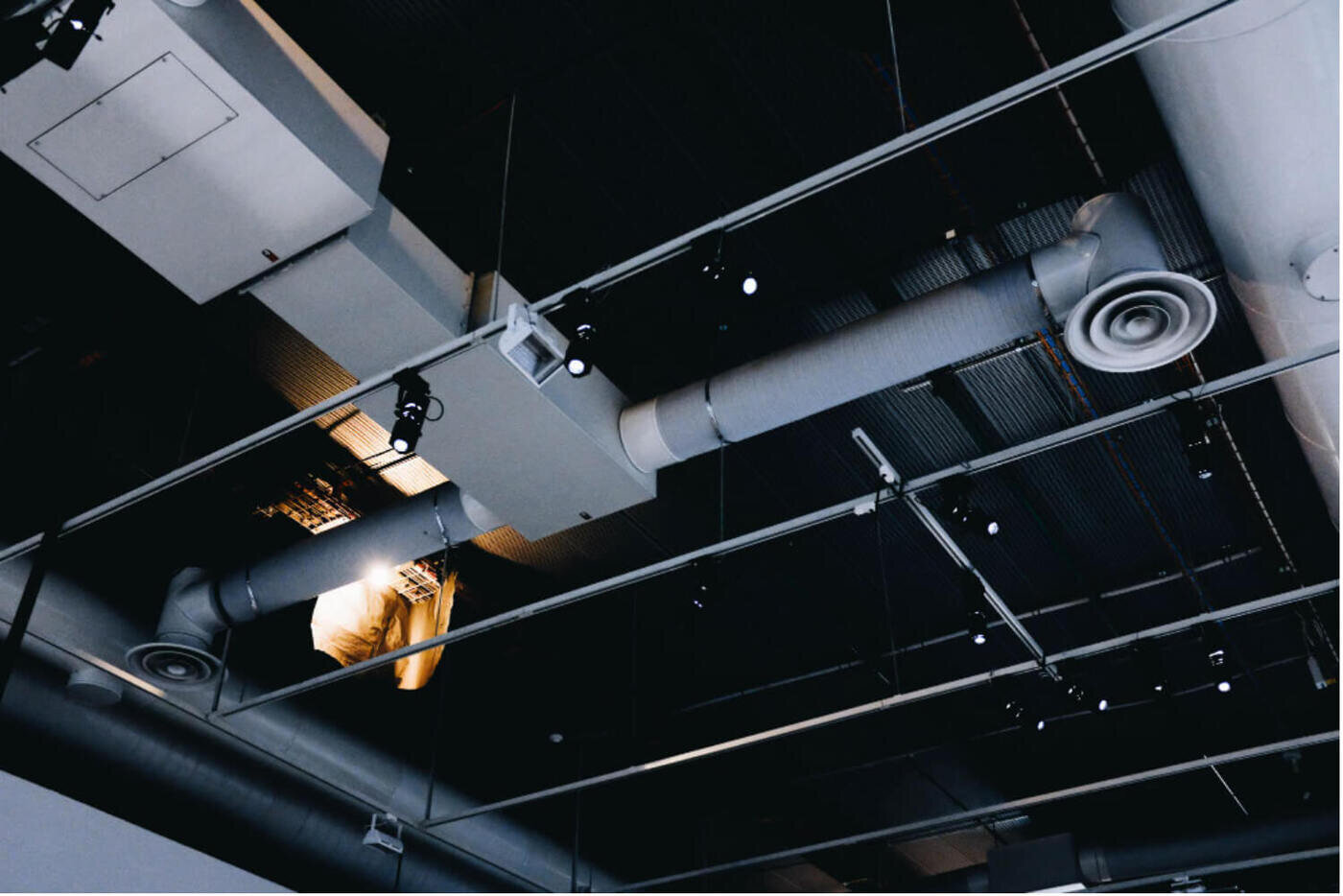
Large-scale commercial growers typically use expensive, sophisticated and commercial cannabis growers' HVAC (heating, ventilation, and air conditioning) systems to maintain the ideal conditions for their plants. For small-scale farmers, these systems can be too expensive. As an alternative, many people are now using purpose-built cannabis HVAC equipment.
These products are designed specifically for indoor cannabis cultivation and can help to create a stable and consistent growing environment. In addition, they are often much more affordable than commercial HVAC systems. As indoor cannabis cultivation becomes more widespread, cannabis HVAC equipment will likely become more commonplace. Cannabis HVAC design is critical to successful indoor cannabis cultivation and should be done by a professional who has experience with cannabis HVAC systems.
Cannabis HVAC Equipment
The legal cannabis industry is growing rapidly, and increased demand for specialized HVAC equipment comes with that growth. Because cannabis plants release a large amount of water vapor when grown, cultivated, and processed, it is essential to have an HVAC system that can effectively remove moisture from the air.
In addition, cannabis plants produce a strong odor that needs to be properly ventilated. Otherwise, the smell can quickly become overwhelming. To meet the unique needs of the cannabis industry, many HVAC manufacturers now offer products specifically designed for grow houses and processing facilities. These products are typically more powerful than standard HVAC units and can handle the higher levels of humidity and odor produced by cannabis plants.
Indoor cannabis cultivation facilities require specialized HVAC equipment to maintain the proper growing environment. One key piece of equipment is an air scrubber, which helps to remove impurities from the air. Another important piece of equipment is an inline fan, which helps to circulate air and keep the room at a consistent temperature. Additionally, most indoor cannabis cultivation facilities use grow lights, which mimic the sunlight plants need.
While HVAC equipment can be expensive, it is essential for maintaining a healthy growing environment for cannabis plants. The cannabis grows room HVAC system typically includes an air filtration system to remove dust and other particulates from the air and a humidity control system to maintain the proper moisture level in the cannabis grow room HVAC.
Growing cannabis indoors can be complex, and one of the most important factors is ensuring proper ventilation. Not only does this help to prevent mold and mildew growth, but it also helps to keep the leaves dry, which is essential for preventing powdery mildew. One way to ensure proper ventilation is to install an HVAC system. This will assist in removing too much humidity and circulating fresh air around the grow chamber.
An HVAC system can also help to control the temperature, another important factor in growing healthy cannabis plants. By taking the time to ventilate your grow room properly, you can create a healthy environment for your plants and increase your chances of success.
Several leading businesses in this space install and operate new cannabis indoor HVAC growing facilities. These facilities are designed for large-scale cannabis production and provides a controlled environment ideal for growing high-quality plants. The facilities feature a state-of-the-art HVAC system that provides optimum temperature, humidity, and ventilation conditions for plant growth.
The facility is equipped with advanced lighting and irrigation systems that provide the highest level of plant care. From seedling to harvest, the team of skilled growers and horticulturists can help you at every stage of the growing process. Some businesses are dedicated to giving you the finest growing experience possible and are excited to support your success in producing cannabis.
In the past, cannabis growers had to be careful about hiding their plants from prying eyes. Today, however, commercial cannabis growers are increasingly using high-tech greenhouses and sophisticated HVAC systems to grow their crops. These state-of-the-art facilities allow growers to precisely control temperature, humidity, and light levels, resulting in higher yields and better-quality plants.
Cannabis produced in greenhouses is less likely to be tainted with pesticides or other contaminants. As the cannabis industry continues to evolve, more and more growers will likely switch to this controlled environment. As the commercial cannabis industry grows, growers are under increased pressure to produce high-quality products in large quantities.
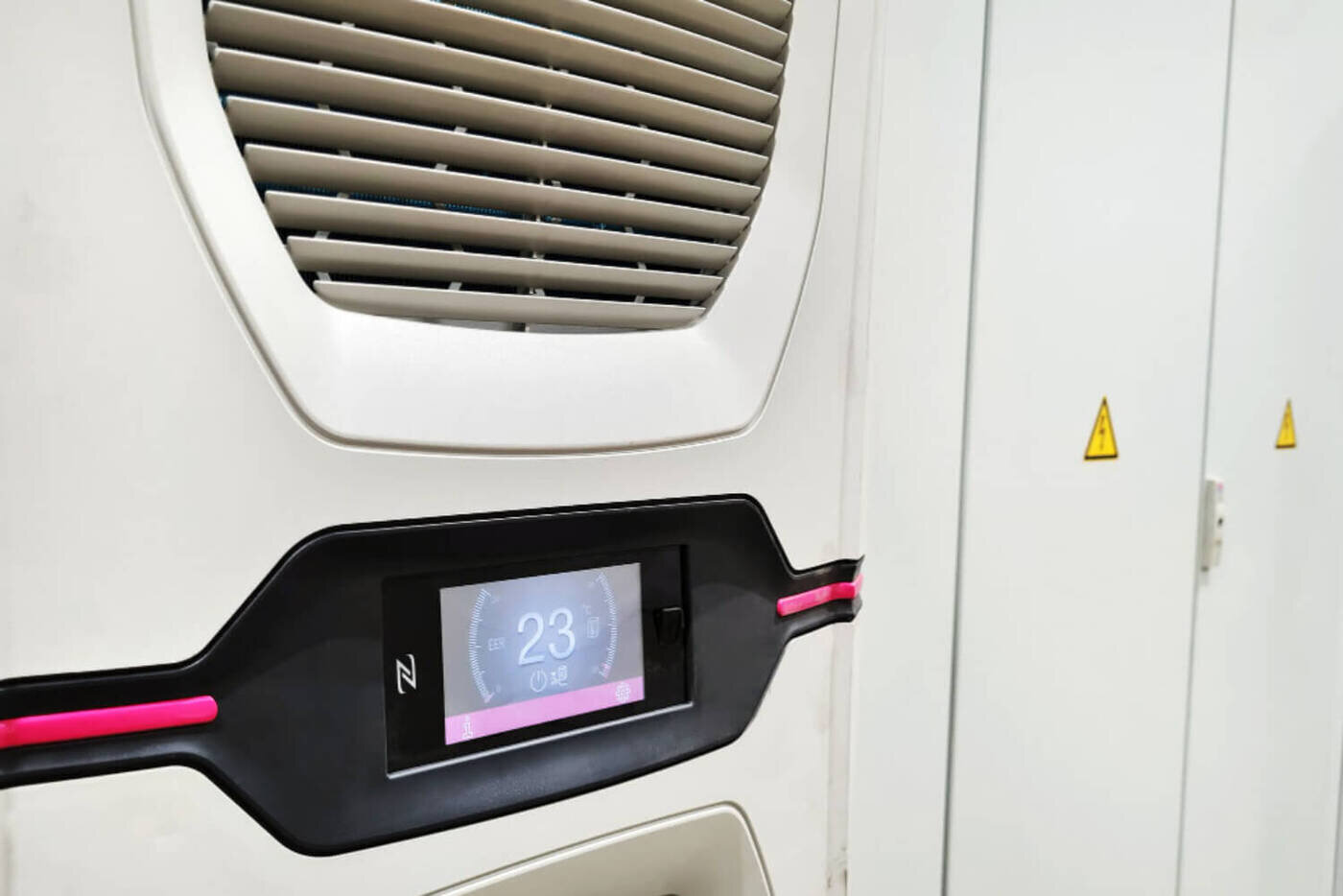
One of the most important factors in achieving this goal is maintaining a stable and consistent climate within the grow facility. An HVAC system, which stands for heating, ventilation, and air conditioning, may do this. An HVAC system allows growers to control the temperature and humidity levels within their facility and the amount of fresh air circulating.
An HVAC system can also help to filter out pollutants and pests, creating a healthier growing environment. More producers will probably use HVAC systems as the cannabis market develops to stay competitive.
The Cannabis plant undergoes a distinct lifecycle, and the right HVAC system can help optimize each growth stage. For instance, plants require a warm, humid environment to thrive during the vegetative stage. An HVAC system controlling temperature and humidity can help create ideal growing conditions.
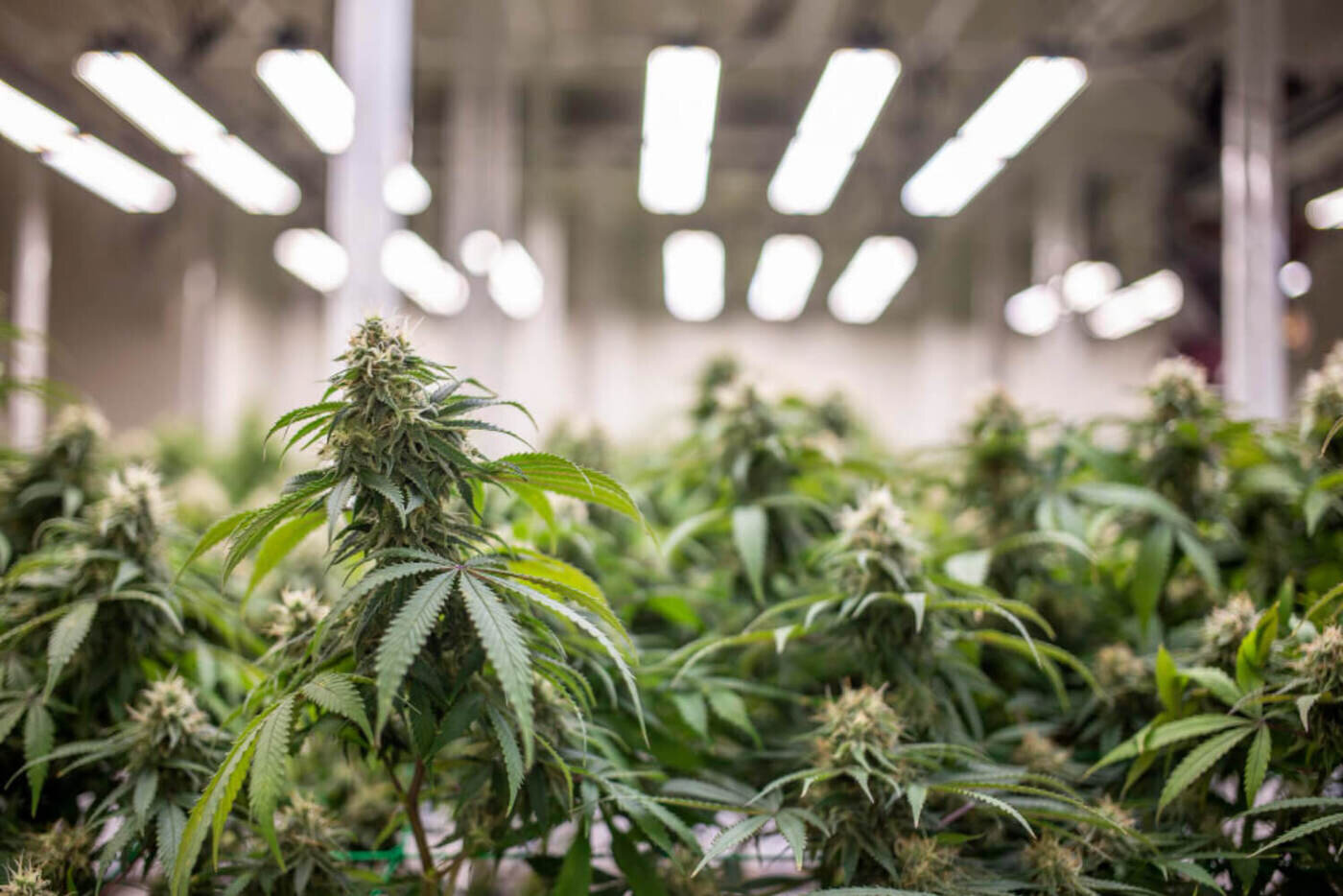
Plants require a drier, cooler environment during the flowering stage. Once more, the ideal flowering environment may be produced using an HVAC system. By understanding the Cannabis plant's lifecycle, growers can ensure that their plants receive the best possible care at every stage of growth.
With a seed, we'll explore the usual life cycle. Until it is exposed to warmth and moisture, the seed is dormant. On a heat mat, seeds are spread out in a starting mix and covered with plastic. Two seedling leaves are the first to emerge once the seeds have sprouted.
To start the procedure, place the seedlings in a grow-light environment for 18 hours every day, roughly 2 inches from the tops of the plants. This stage of the plant's life cycle is sensitive because the seedlings put all their energy into developing their roots and leaves. Because the roots are so small, it is important to take precautions to prevent overfeeding and overwatering.
The plants will develop after a few weeks as seedlings need more food and light. The roots and leaves grow fast at this stage, enabling the plant to absorb more nutrients and carbon dioxide. Inadequately regulated conditions and growth rates of 2 inches per day or more are common.
You can tell at this vegetative stage whether you are cultivating an Indica or Sativa strain, the two most common types of cannabis. Compared to Indica plants, which are frequently short and bushy, Sativa plants are lanky and have minimal foliage. These strains have been around for 8,000 years.
You will also be able to identify the gender of your plants. Pre-flowers begin to emerge four weeks into the vegetative cycle. After six weeks, you should be able to determine if those new buds are male or female. Most gardeners eliminate the males to stop them from pollinating the females and creating seeds.
The stage of blossoming has now begun. The growing plants at this stage require various concentrations and quantities of nitrogen, phosphorus, and potassium. At this point, silicon is also advantageous since it helps the stalk and stems grow stronger, which is necessary to sustain the buds that will shortly open.
At this point, you simulate a fall in your yard by switching to a different type of artificial light and lowering the lighting to 12 hours on and 12 hours off for the cannabis plants to reproduce before they perish after the growing season causes them to begin flowering.
Depending on the cultivar, the flowering period lasts six to 10 weeks. The plants will develop thick, resin-coated buds during this period. As THC and terpenes are contained in this resin, growers strive to produce the highest concentration of these two compounds.
The harvesting of Cannabis plants is a process that requires the use of specialized equipment and knowledge of the plant's growth cycle. To maximize the yield of usable Cannabis, growers need to monitor their plants' maturity carefully and harvest them at the optimal time. Using an HVAC system is one method to do this.
By controlling the temperature and humidity levels in the grow room, growers can create an ideal environment for inducing flowering and ripening in Cannabis plants. When it comes to harvest, the HVAC system can dry and cure the buds, ensuring they are ready for use. With careful planning and execution, an HVAC system can be an invaluable tool for any Cannabis grower.
Cannabis plants need fresh air to cure properly. If you are using an HVAC system, make sure it provides sufficient ventilation. The ideal relative humidity for curing is 60-65%. A hygrometer can be used to keep track of the humidity in your curing area. If the humidity gets too low, your plants will dry out too quickly and may become brittle. Your plants may develop mold or mildew if the humidity gets too high.
To maintain the proper relative humidity, you must adjust the amount of ventilation your HVAC system provides. For instance, you can open the vents to let more air in if the humidity is too high. You can close the vents to lessen airflow if the humidity is too low. By carefully controlling the amount of ventilation, you can ensure that your cannabis plants cure properly.
Cannabis plants produce a large number of flowers during their flowering stage. Trichomes, which contain most of the plant's cannabinoids and terpenes, are present in these flowers. To maximize the potent effects of these compounds, it is essential to trim the plants carefully. However, this can be challenging to do in a traditional setting.
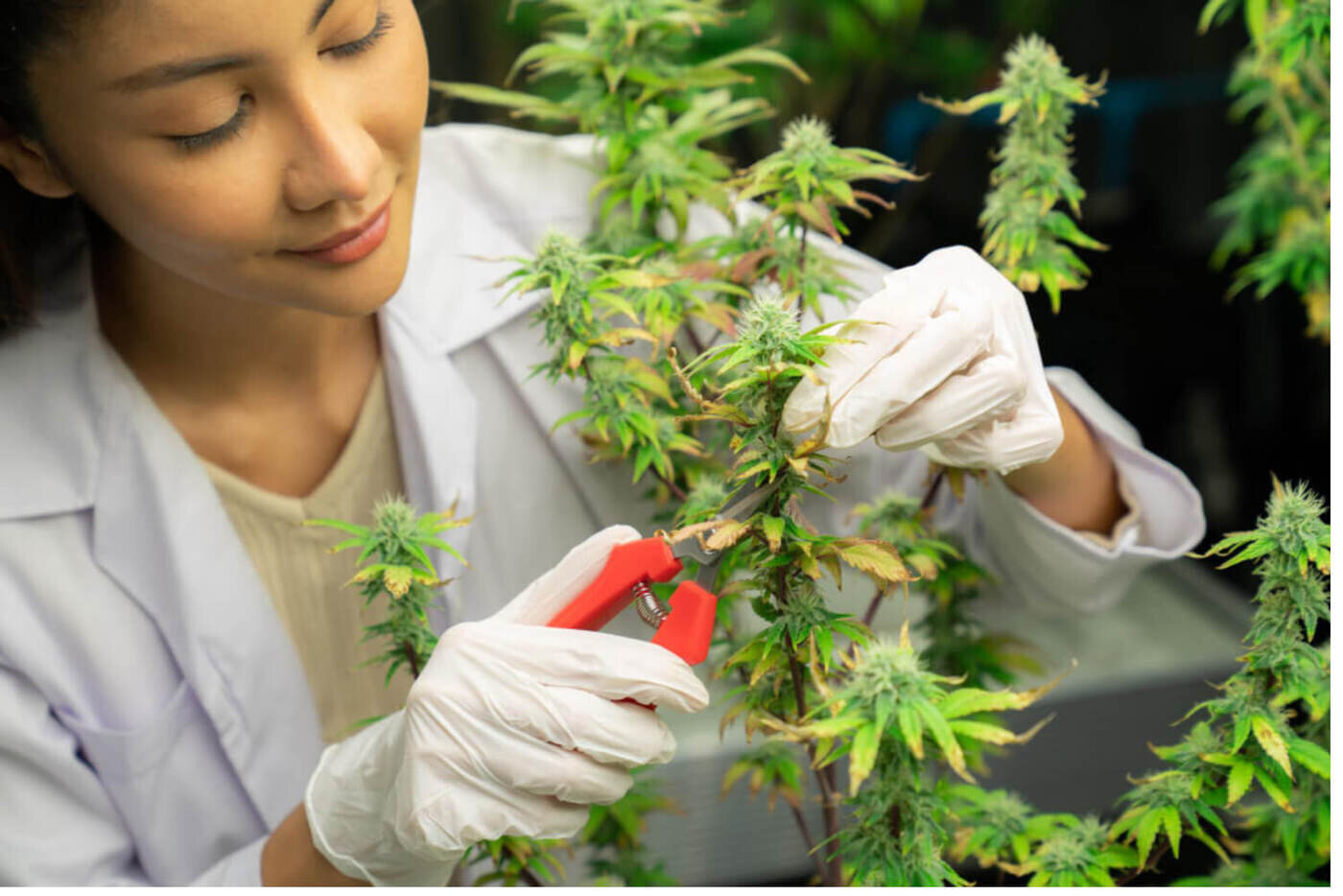
HVAC systems provide a controlled environment that is ideal for trimming cannabis plants. For the ideal trimming environment, temperature and humidity may be controlled. The airflow of an HVAC system can also lessen the possibility of mold and mildew development. As a result, HVAC systems offer a safe and effective way to trim cannabis plants.
The high value placed on cannabis plants nowadays has led to the development of new ways to ensure their safety and quality. One such method is using high-quality packaging materials that protect the plants from damage during transit. This is especially important for cannabis plants, as they are delicate and easily bruised. In addition, cannabis plants are also susceptible to mold and mildew.
It is essential to use packaging that can prevent these problems. HVAC systems are one kind of packaging frequently used for cannabis plants. This system provides a controlled environment for the plants, ensuring they are protected from extremes of temperature and humidity. In addition, HVAC systems can also filter out impurities in the air, further protecting the plants. As a result, HVAC systems can be an ideal way in in assisting of the packaging of cannabis plants.
Commercial grow rooms come in various shapes and sizes, from small closet-sized operations to large warehouse-scale facilities. The type of grow room you choose will depend on several factors, including the size of your operation, the climate you're growing in, and the type of plants you're growing. Grow rooms can be either naturally ventilated or artificially ventilated
Naturally ventilated grow rooms rely on air movement created by temperature differences to circulate air around the room. Artificially ventilated grow rooms use fans and other mechanical devices to force air movement. Both grow rooms can be heated, cooled, and humidified using an HVAC (heating, ventilation, and air conditioning) system.
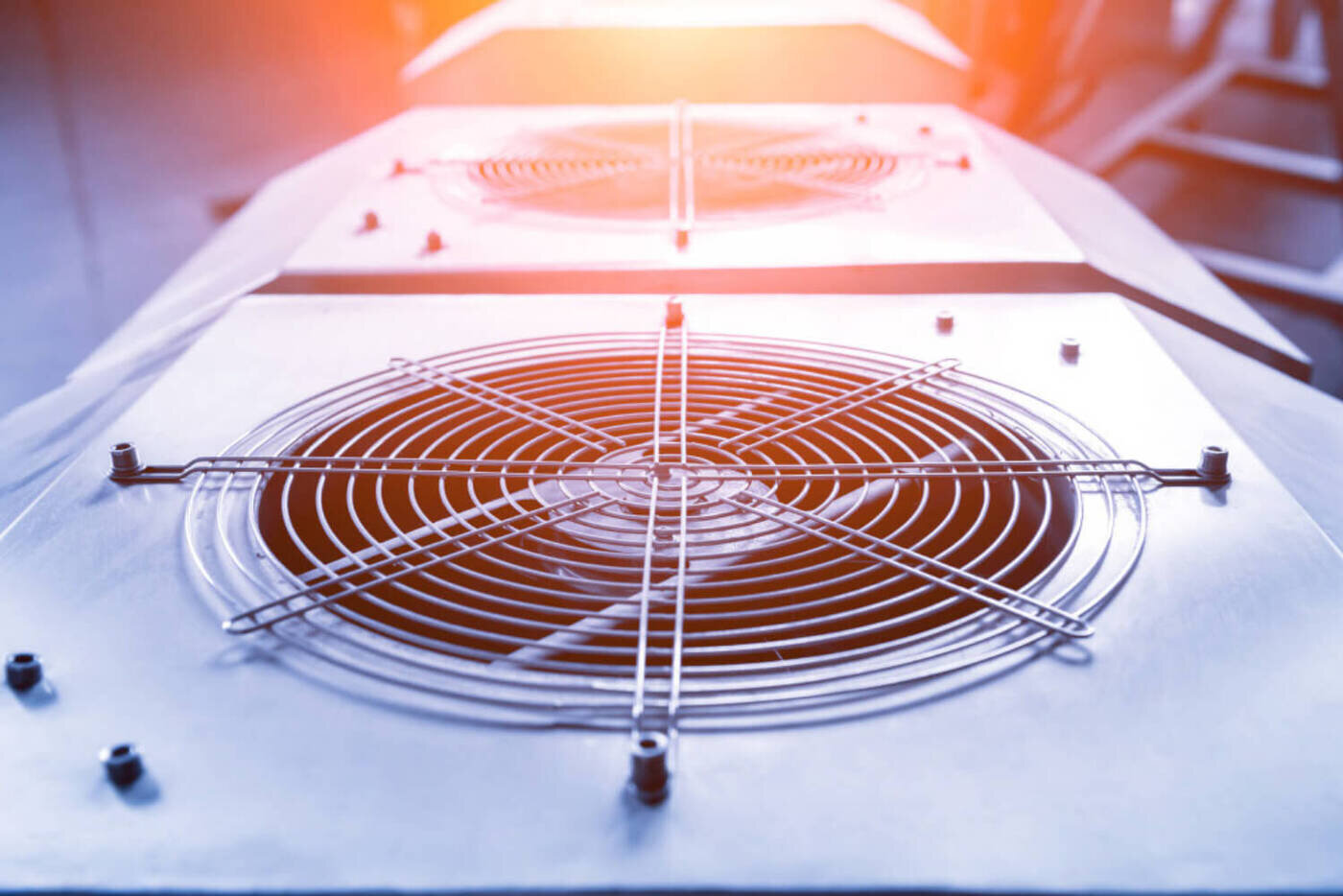
The size and capacity of your HVAC system will be determined by the size and type of your grow room and the number of plants you're growing. There are the following types of grow rooms:
The mother room is the central gene bank of the HVAC System where the embryo is first created. It is a controlled environment where the temperature and relative humidity are closely monitored. The ideal conditions for the mother room are 78 degrees Fahrenheit and 50% relative humidity levels.
These conditions allow for the proper development of the embryo and prevent it from drying out. The mother room is also equipped with a camera to monitor the embryo. This ensures that the embryo is healthy and developing properly.
The propagation room is a specially designed space for cutting, cloning, and storing plants. The ideal temperature for the propagation room is between 70 to 80 degrees Fahrenheit, with a relative humidity of 80 to 90 percent. The walls and floors of the room should be made of a smooth, non-porous material that can be easily cleaned.
The cutting tables should be covered with plastic sheeting to protect them from moisture. T The propagation room should have several strategically placed fans to ensure proper ventilation. These fans will help circulate air and prevent mold and mildew buildup.
A vegetative growing room is a temperature and humidity-controlled space for growing plants. The ideal temperature for a vegetative growing room is b5-80 degrees Fahrenheit, with a relative humidity of 80-90%. A vegetative growing room can be used to propagate new plants or to grow plants that will be used for humidity-controlled or medicine.
To create a successful vegetative growing room, it is important to maintain a consistent temperature and humidity level. Ventilation and lighting are also important factors to consider. Creating a favorable environment allows plants to thrive in a vegetative growing room.
The Flowering Room is the central part of the HVAC system. It provides 12 hours of light, maintains the temperature at 70-80 degrees Fahrenheit, and keeps the relative humidity between 40-60%. The Flowering Room is essential to function the HVAC system properly and ensures that the flowers in the room can bloom.
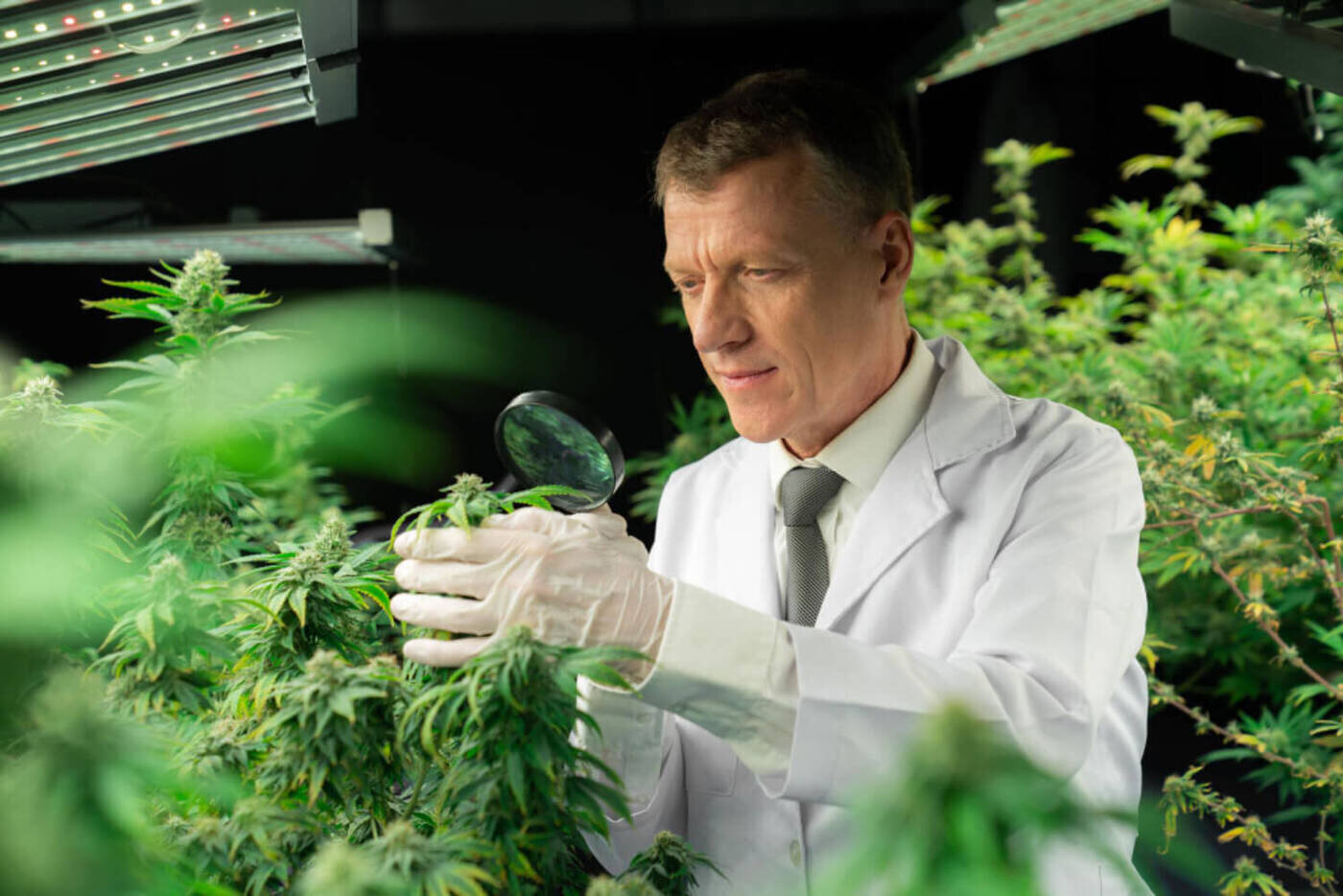
Without the Flowering Room, the flowers would not receive the necessary amount of light, temperature, or humidity and could not bloom. The Flowering Room is an essential part of the HVAC system and is responsible for providing a healthy environment for the flowers in the room.
The curing room is an essential part of the HVAC system. It is where the drying and curing of cannabis take place. The drying room is responsible for preserving the terpenes and cannabinoids present in the cannabis plant. The temperature in the drying room is maintained at around 65 degrees Fahrenheit, and the relative humidity is kept at around 45%.
The curing room is also responsible for maintaining the proper humidity levels in the drying room. The relative humidity in the curing room is maintained at around 30%. Maintaining these two relative humidity levels prevents the growth of mold and mildew on the cannabis plant.
An HVAC system's trim room is where the fan leaves are removed from cannabis flowers. The temperature is usually between 70 to 80 degrees Fahrenheit, and the relative humidity is at 50%.
The packing room is where the final stage of packaging takes place. This is a temperature and humidity-controlled space, typically between 70-75 degrees Fahrenheit and 50% relative humidity. Here, the dried cannabis is weighed and placed into the appropriate containers for sale. Once the packing is complete, the products are ready to be shipped out or sold in-store.
Packing rooms must be designed carefully to ensure that the products maintain the quality during the packing process. For example, if the packing room is too humid, the cannabis may become moldy; if it is too dry, the cannabis may lose its potency. Therefore, it is important to find the perfect balance of temperature and humidity to produce high-quality products.
Control of the environment is critical in any cannabis cultivation operation, and the type of system you choose will greatly impact your bottom line. HVAC (heating, ventilation, and air conditioning) systems are typically used in commercial cultivation operations, and they can be very expensive to install and operate. However, many growers find that HVAC/D (humidity control, ventilation, and dehumidification) systems have less operational costs for controlling the environment in their grow rooms.

Your grow room's HVAC/D is a climate control system that manages the temperature, humidity, and ventilation. This allows you to create a custom plant environment, which can help optimize growth and yield. In addition, HVAC/D systems are much more energy-efficient than traditional ones, saving you money on your electric bill. HVAC/D is the best option if you're seeking a more effective technique to regulate the atmosphere in your growing room.
Most people are familiar with the basic functions of an HVACR system (heating, ventilation, air conditioning, and refrigerator). However, these systems can do much more than keep a space comfortable. By regulating humidity levels, HVACR systems can help prevent mold and mildew growth, and by providing fresh air ventilation, they can reduce indoor air pollution.
In addition, air conditioning can remove pollutants such as dust and pollen from the air, and refrigeration can extend the shelf life of food. As a result, HVACR systems are essential for preserving the environment and public health.
Regarding indoor cannabis cultivation, two of the most important factors are temperature and humidity. Both factors can significantly impact plant growth, so it is important to control them carefully. Two main types of systems can be used for this purpose: HVAC systems and HVAC/D systems. Here is a closer look at the two types of systems and how they compare:
Both systems provide temperature control for indoor spaces, but there are some key differences between the two. HVAC systems circulate air throughout a space using a network of ducts. This can be an effective way to distribute heat or cool air, but it can also be less efficient than other methods. HVAC/D systems, on the other hand, use a series of individual units that each provide heating or cooling for a specific area. This can be more energy-efficient, as each unit only needs to operate when needed.
It can also be more expensive to install and maintain. When choosing an HVAC system for a cannabis grow operation, it is important to consider the size and layout of the space as well as the climate control needs of the plants. However, they can provide a better growing environment for cannabis plants, leading to higher yields. For this reason, many commercial growers prefer to use HVAC/D systems.

HVAC systems are typically used in large-scale commercial operations. They are designed to maintain a specific temperature and humidity level in an enclosed space. One advantage of HVAC systems is that they can be easily controlled and monitored. However, they can be expensive to install and operate.
HVAC/D systems are designed for smaller-scale operations. They use evaporative cooling to maintain the desired temperature and humidity levels. One advantage of HVAC/D systems is that they are less expensive to install and operate than HVAC systems. However, they can be more difficult to control and monitor.
When it comes to indoor growing, climate control is key. After all, cannabis plants are native to warm, temperate climates and require specific temperature and humidity levels to thrive. As a result, growers must carefully monitor the climate in their grow rooms and ensure that conditions are ideal for their plants.
There are two main types of systems that growers can use to control the climate in their grow rooms: HVAC (heating, ventilation, and air conditioning) and HVACR (heating, ventilation, air conditioning, and refrigeration). Both methods have advantages and disadvantages, making it crucial to pick the best system for your grow room.
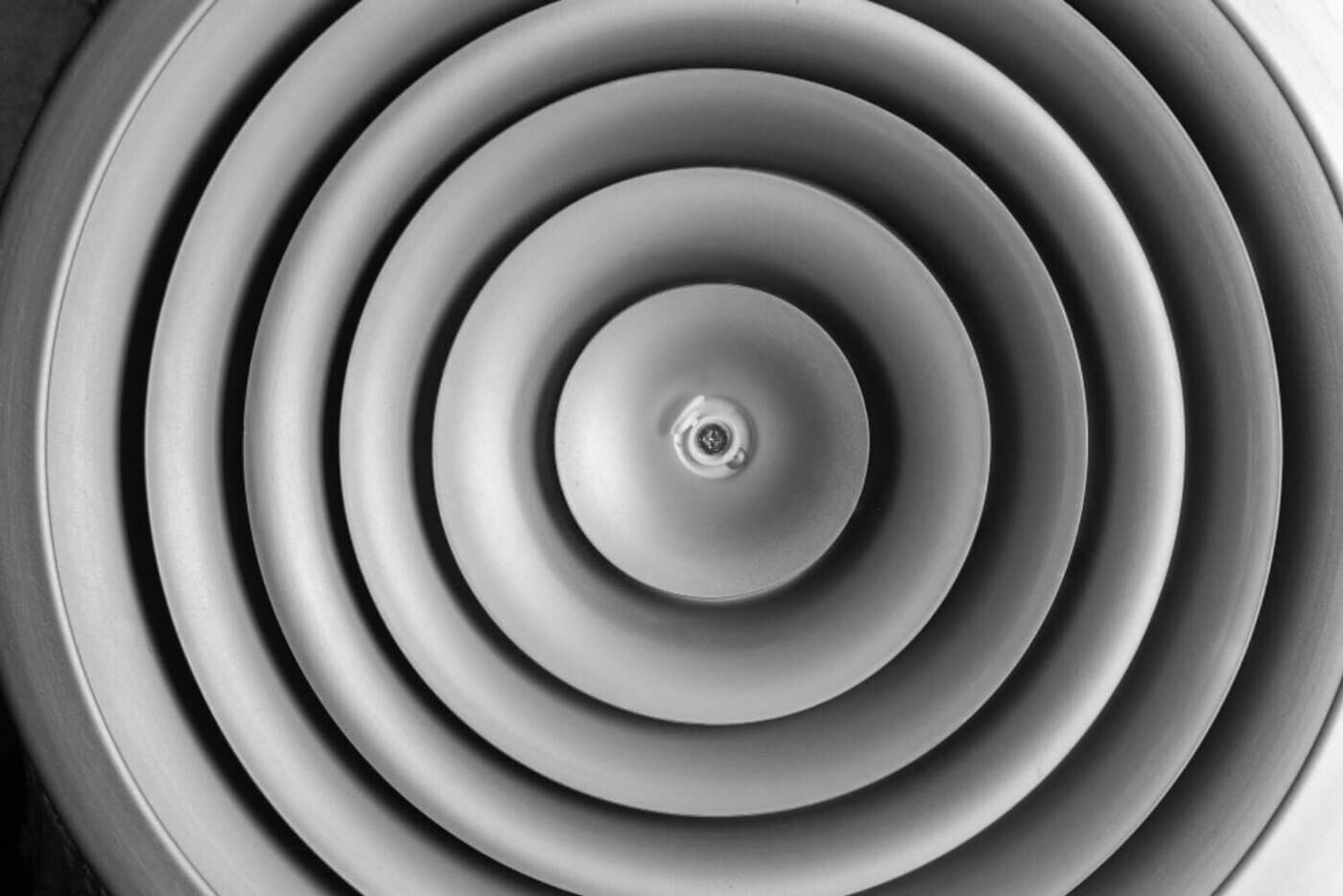
HVAC systems are typically more expensive than HVACR systems but offer more precise temperature control. HVAC systems also typically require less maintenance than HVACR systems. However, HVAC systems can be less effective at controlling humidity levels than HVACR systems.
HVACR systems are less expensive than HVAC systems and usually require less frequent maintenance. In addition, HVACR systems often provide better humidity control than HVAC systems. However, HVACR systems can be less effective at controlling temperature than HVAC systems.
The ideal solution for your grow room will ultimately depend on your unique requirements and financial constraints. An HVAC system may be best if you need precise temperature control. If you're looking for a less expensive and easier to maintain, an HVAC system may be the better choice. No matter which type of system you choose, monitoring the climate in your grow room is essential for keeping your Cannabis plants healthy and happy.
HVAC, or heating, ventilation, and air conditioning, is crucial to any indoor grow operation. Not only does it provide the plants with the proper environment to thrive, but it also helps to control odors and prevent mold growth. HVAC for cannabis growing is designed specifically for indoor grow operations and can be customized to meet the specific needs of the growers.
Controlling airflow is one of an HVAC system's most crucial characteristics. By controlling the air circulated, growers can ensure that their plants receive oxygen and carbon dioxide. Furthermore, filters that remove impurities from the air may be added to HVAC systems so plants can breathe clean air. HVAC systems assist in maintaining proper temperature and humidity levels and control airflow.
By keeping the environment within the ideal range for plant growth, HVAC systems help to optimize plant health and yield. Whether running a small home operation or a large commercial grow facility, an HVAC system is essential.
The HVAC cannabis system is one of the most important piece of equipment for any commercial grow operation. Cannabis plants are sensitive to temperature and humidity fluctuations. Unfortunately, HVAC systems can also be a source of potential problems. Mold, mildew, and insect issues can result from a poorly planned HVAC system.
Airborne contaminants such as mold and mildew can easily spread through the ventilation system, and condensation can lead to moisture buildup and reduce air quality. In addition, improper temperature and humidity levels can cause stress on plants, leading to reduced growth rates and lower yields. In addition, HVAC systems can be expensive to operate and generate a lot of noise.
Many producers are eager to expand their operations by constructing new facilities or improving current ones as the need for cannabis cultivation rises. They will need to discover more intelligent solutions because existing chiller systems are constrained in terms of adaptability, scalability, and redundancy. Taking the unitary equipment approach has advantages.
It is important to carefully consider the potential problems caused by an HVAC system before choosing to install one in a cannabis grow operation. However, when properly designed and operated, an HVAC system can provide a safe and effective way to control the environment in a cannabis grow room.
Temperature, CO2 regulation, dehumidification, and biosecurity are all important factors to consider when growing cannabis. An HVAC system can help optimize these factors, yielding better. Temperature is important because too much heat can damage plants, while too cold can inhibit growth. CO2 regulation is important because it helps plants to photosynthesize more efficiently.
Dehumidification is important because it helps to prevent mold and mildew from growing on the plants. And finally, biosecurity is important because it helps to keep pests and diseases from spreading. An HVAC system can help you control all of these factors, resulting in a healthier, more productive crop of cannabis.
HVAC systems are an important part of any commercial building, including cannabis grow facilities. While the specific needs of a cannabis grow operation will vary depending on the size and scale of the operation, there are some general benefits that all cannabis growers can experience by investing in a quality HVAC system.
One of the most important benefits of an HVAC system is that it can help to optimize the space within a grow facility. By carefully controlling the temperature and humidity levels, an HVAC system can create an ideal environment for plant growth. This can help to maximize the yield per square foot, which is essential for large-scale commercial operations.
In addition to optimizing space, an HVAC system can help mitigate some risks associated with growing cannabis. For example, by controlling the temperature and humidity levels, an HVAC system can help to prevent mold and mildew growth. This can damage crop yields and pose a serious health risk to workers and customers.
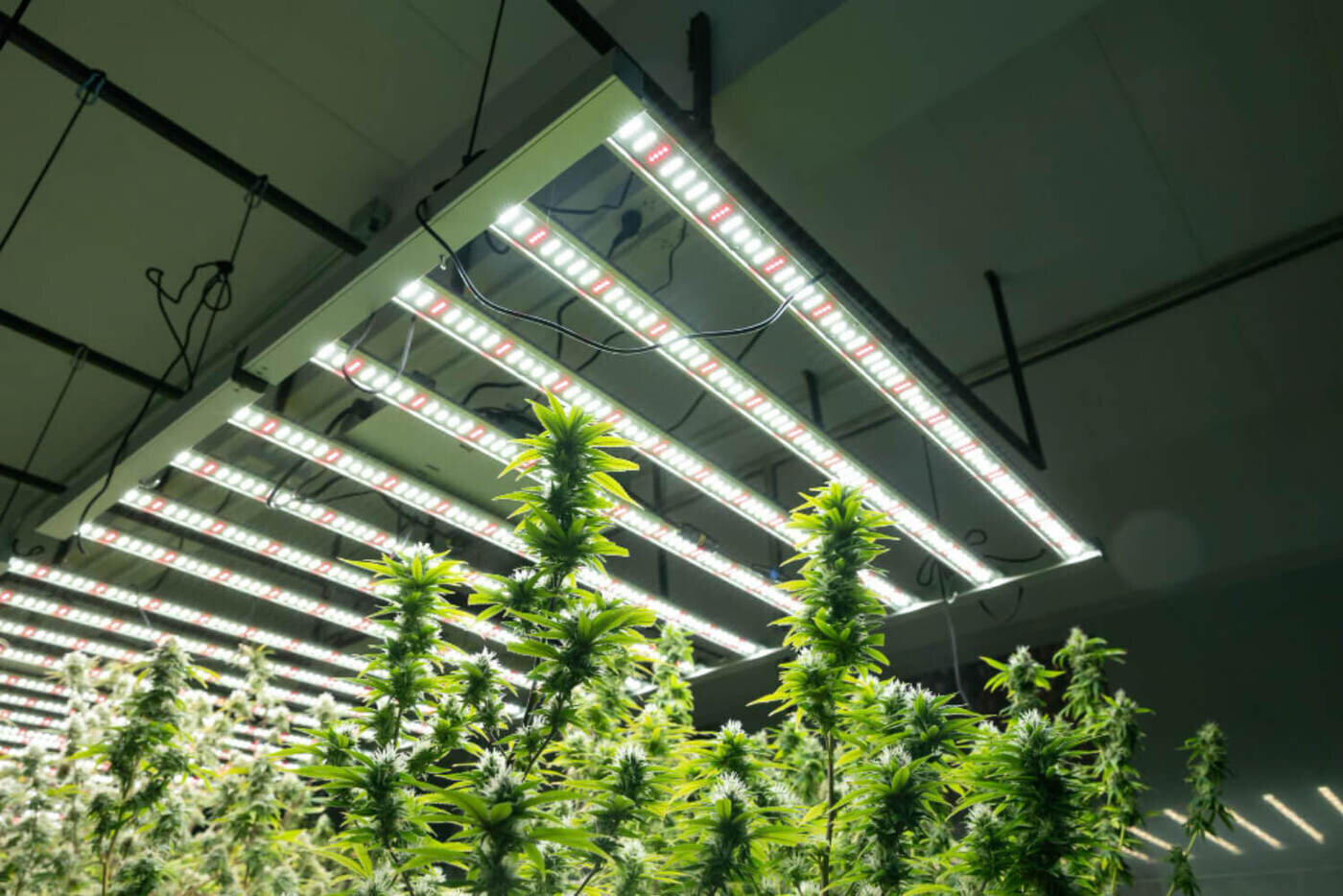
Finally, an HVAC system can also help to reduce costs and increase revenue. By creating a more efficient growth environment, an HVAC system can help to reduce energy costs. Additionally, by optimizing space and preventing crop damage, an HVAC system can help to increase overall yields, which directly translates into increased revenue.
Overall, there are numerous benefits that cannabis growers can experience by investing in a quality HVAC system. From optimizing space to reducing costs, an HVAC system can positively impact every aspect of a growing operation. As the cannabis industry continues to expand, we expect that more and more growers will be turning to HVAC systems to improve their operations.
As the cannabis industry continues to grow, so does the need for growers to have temperature and humidity-controlled facilities. Commercial HVAC systems are more reliable and offer more versatility than residential units, making them a good investment for serious cannabis cultivators. To generate a high-quality product, the HVAC system's quality is crucial.
If you are interested in entering the cannabis market, it is essential to understand how an HVAC system works clearly. An efficient and properly working HVAC system will create a comfortable environment for plants while providing adequate ventilation. The potential uses of cannabis in HVAC systems are still being explored, but there is great potential for this new application. In the meantime, be sure to get your HVAC system checked by a professional before the winter sets in.
Regardless of the weather outside, maintaining a comfortable indoor environment depends on a properly operating HVAC system. If you're thinking of starting a cannabis growing operation, make sure to do your research on HVAC system types and installation requirements to ensure your crop stays healthy and productive.
Disclaimer: This material is for informational purposes only and should not be relied on for legal, medical, financial, or any other form of professional advice.